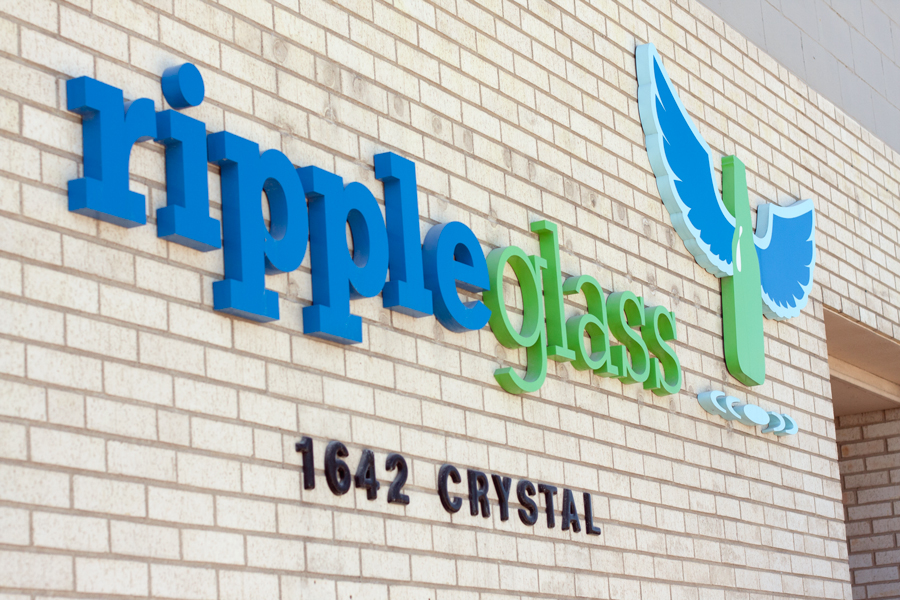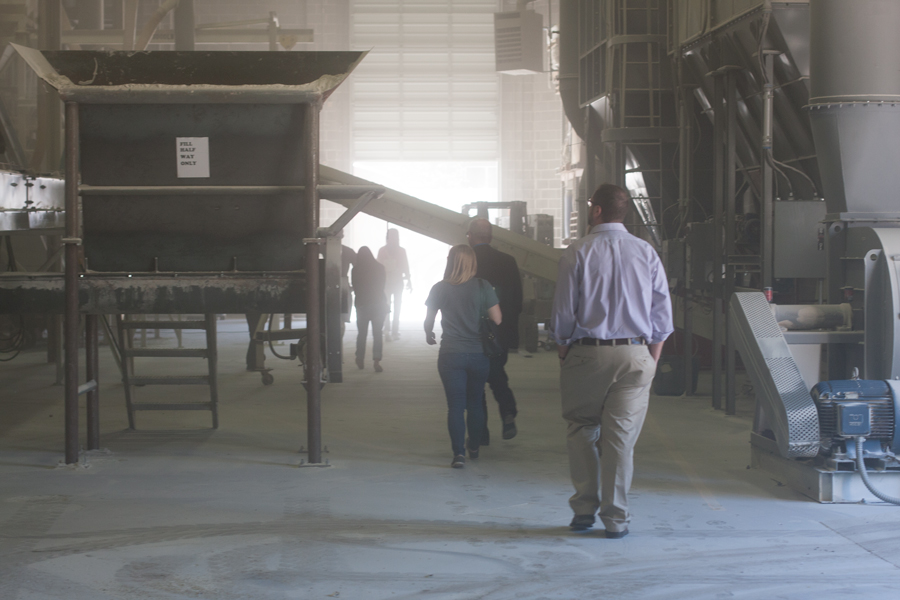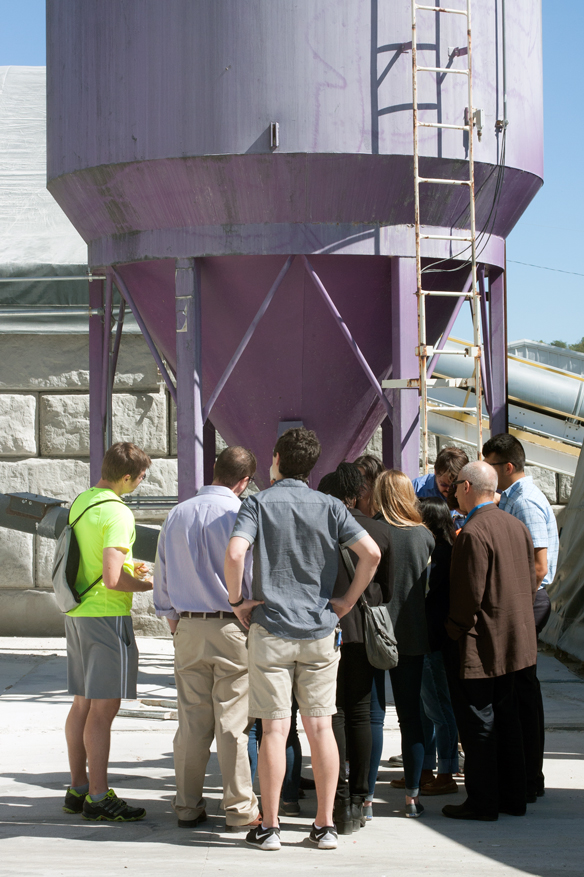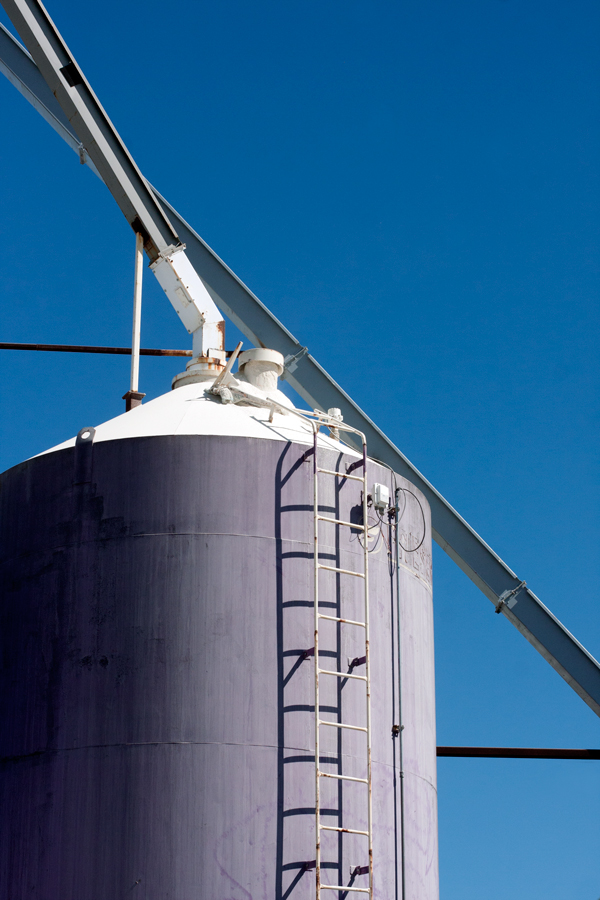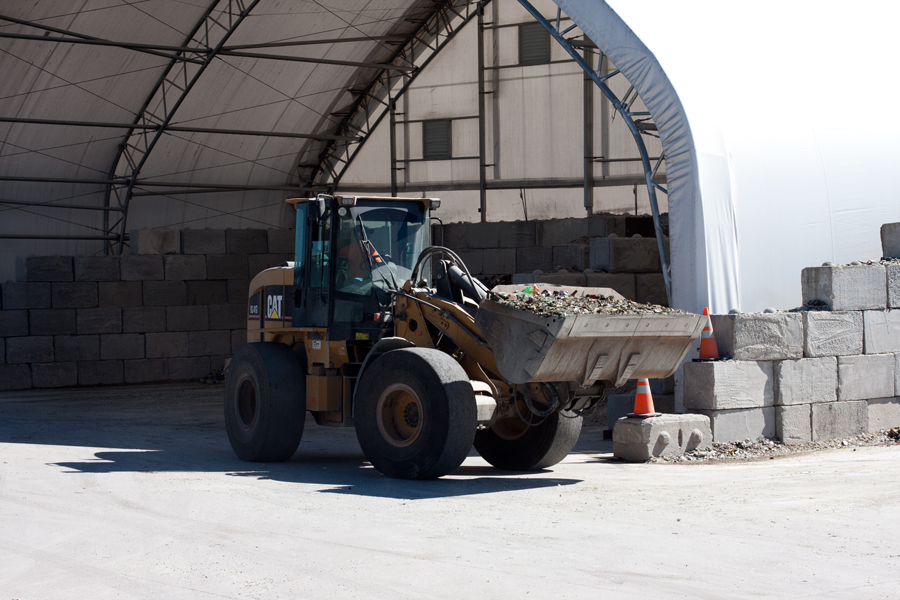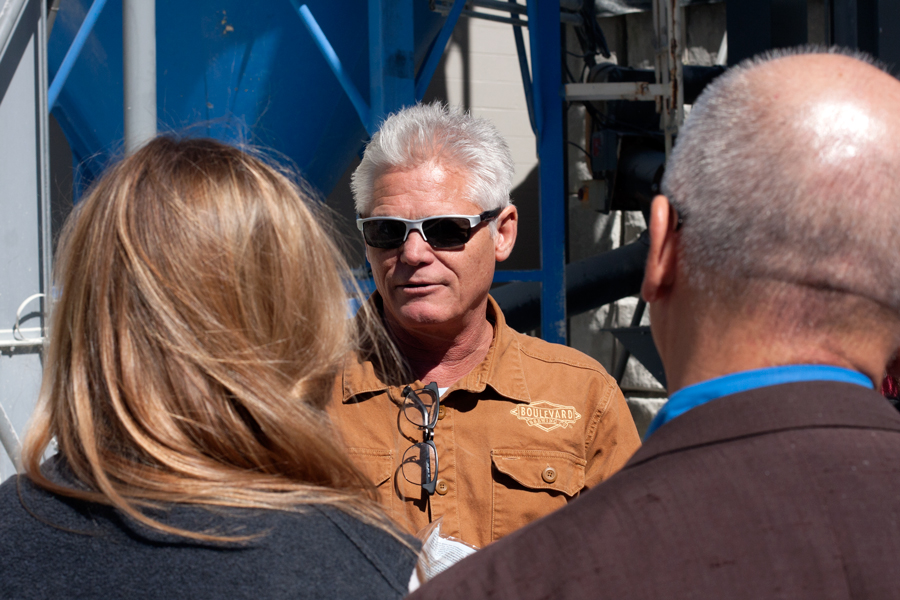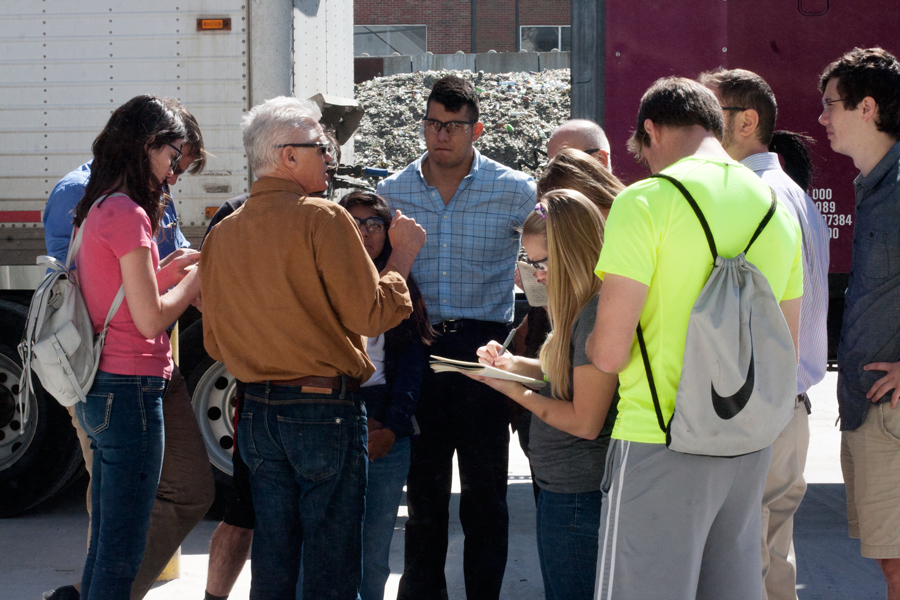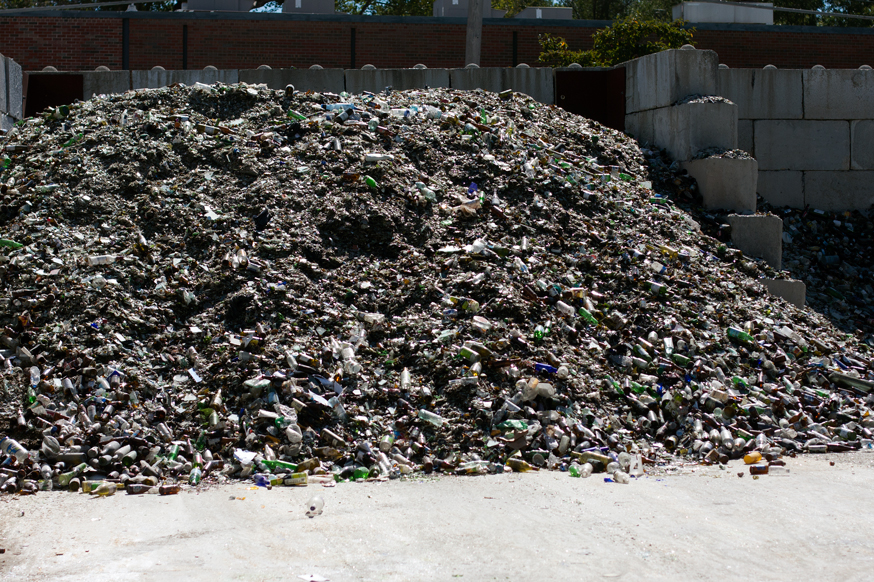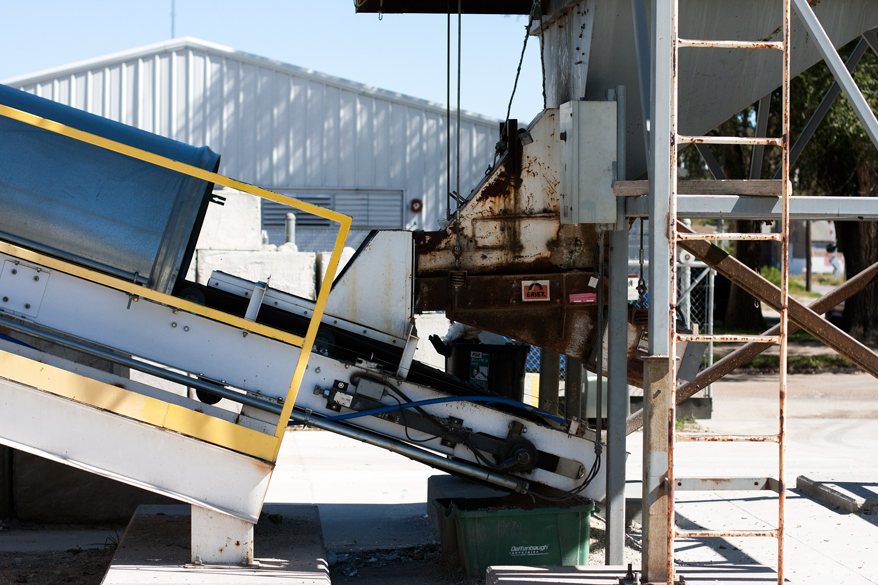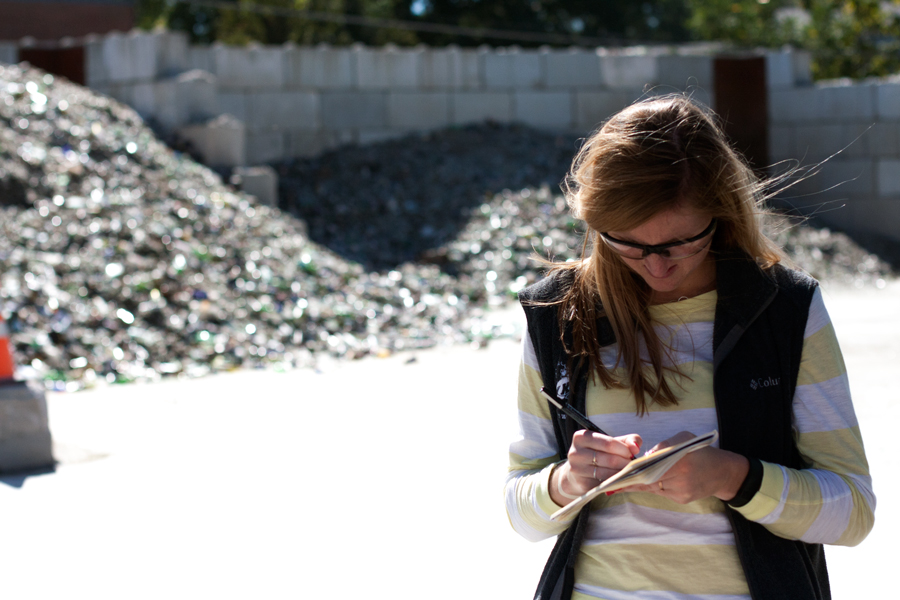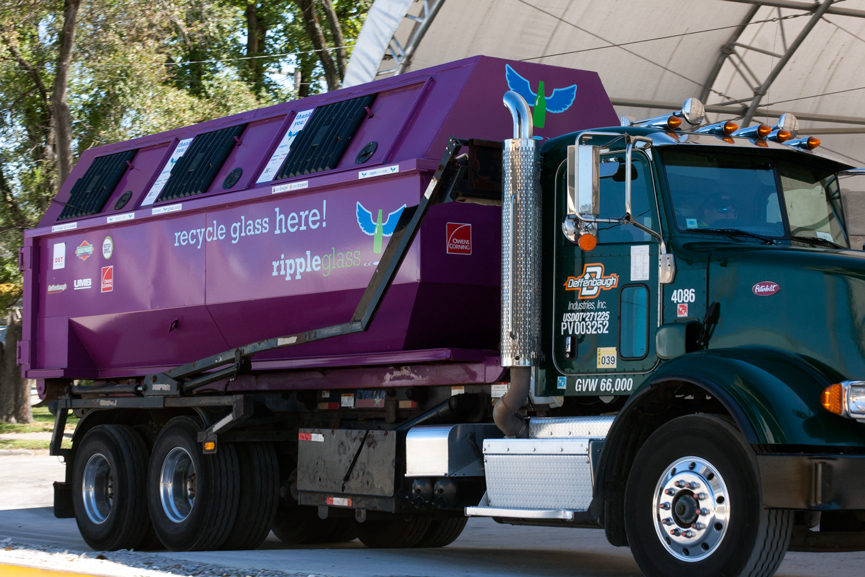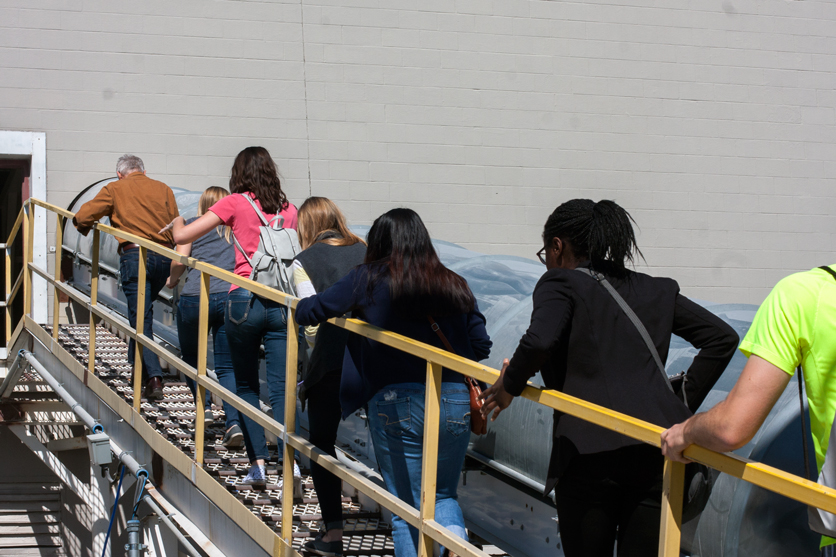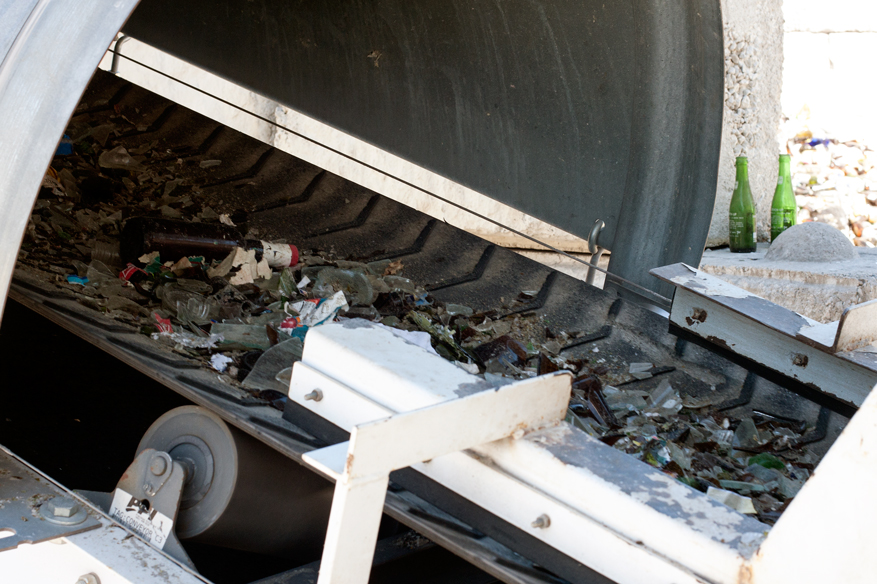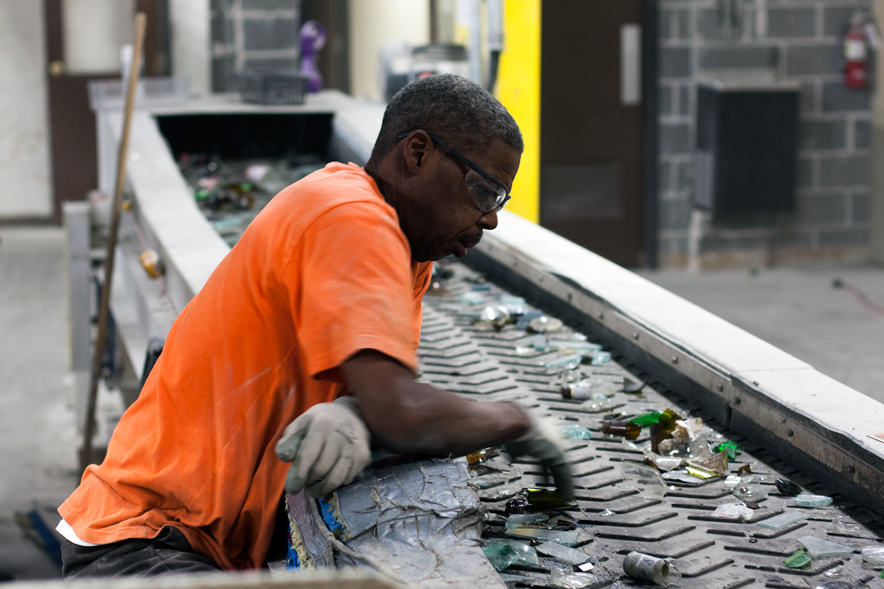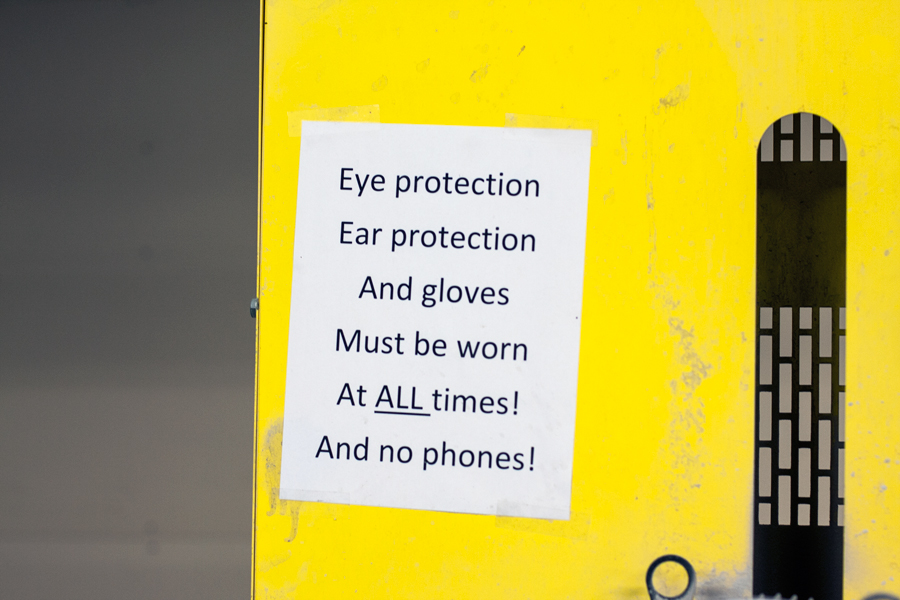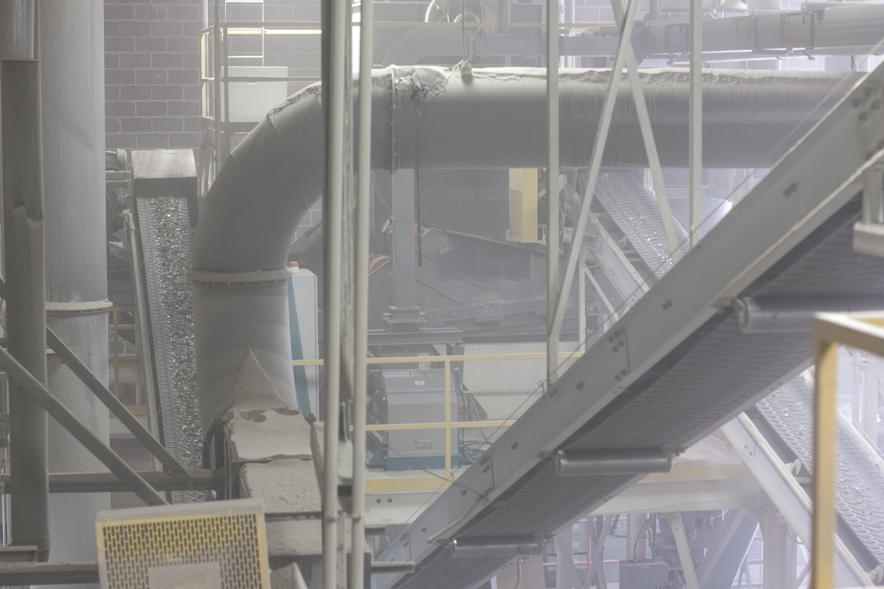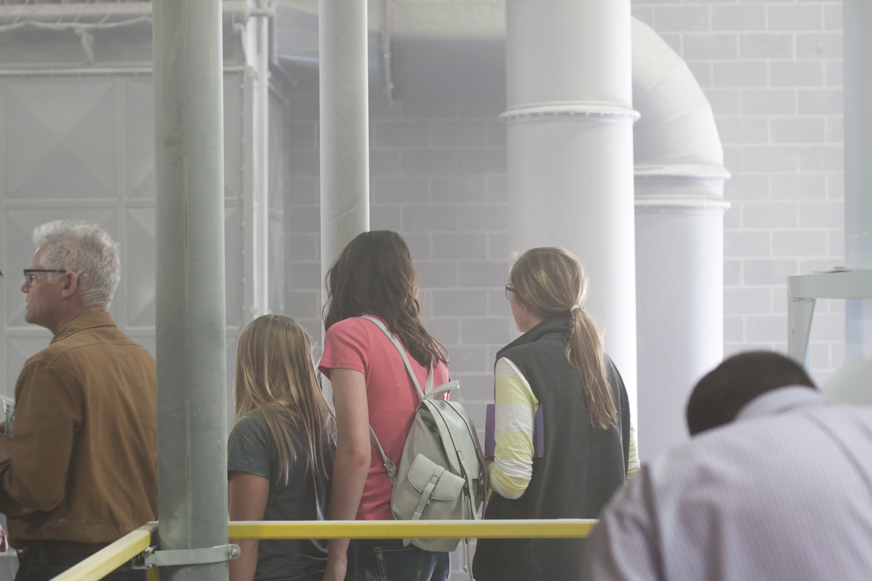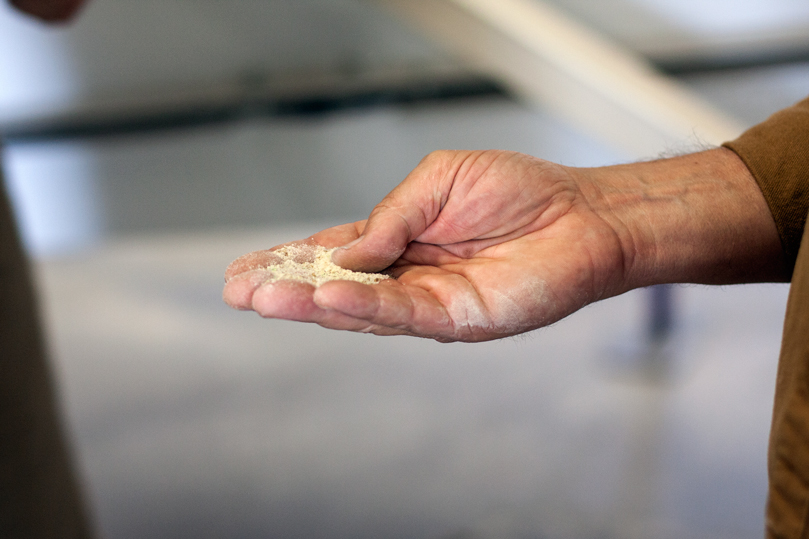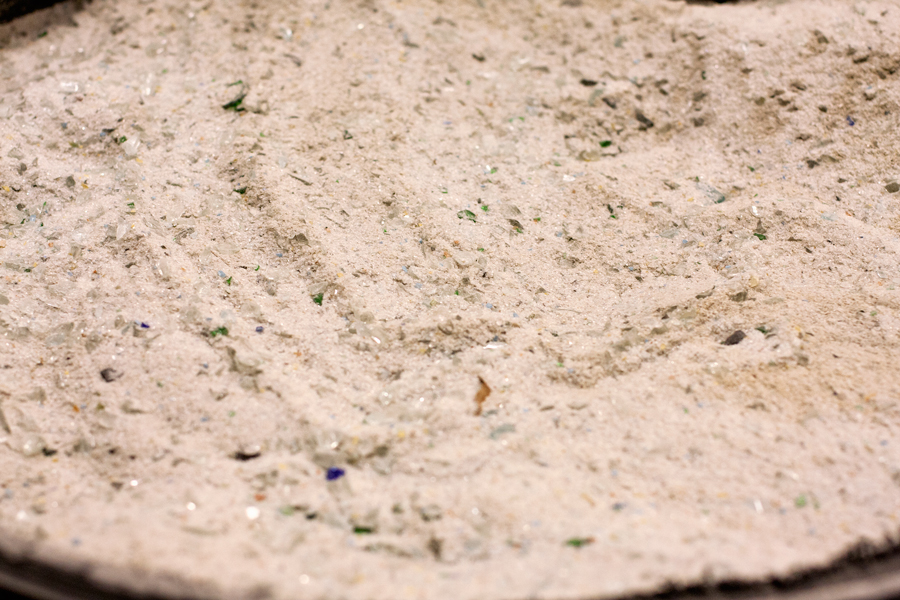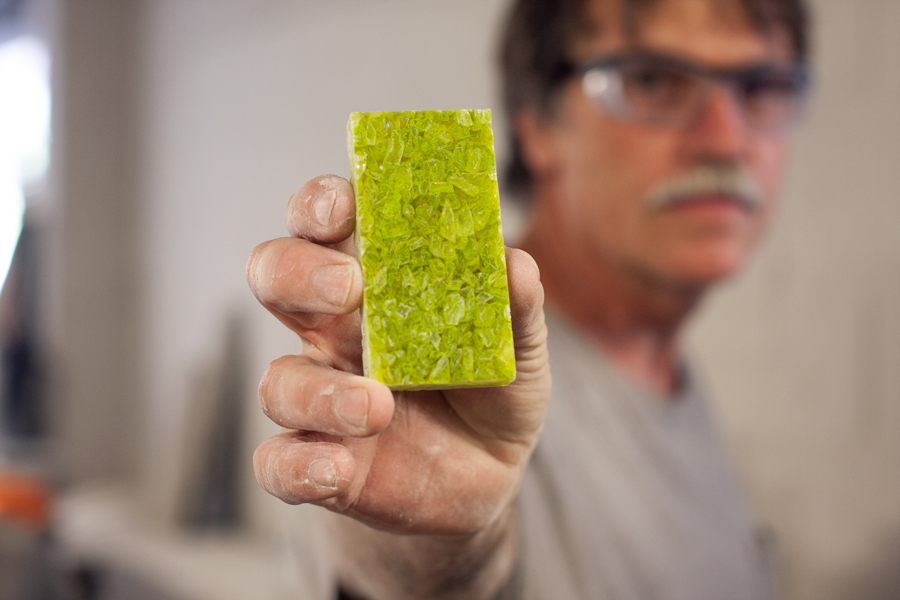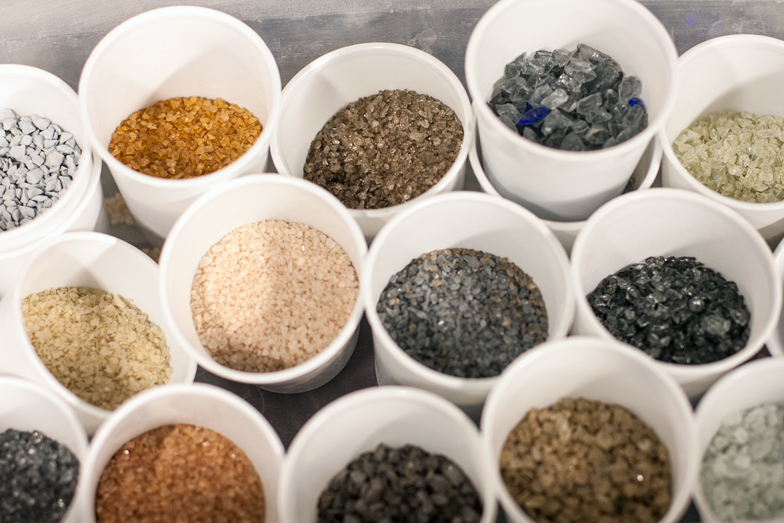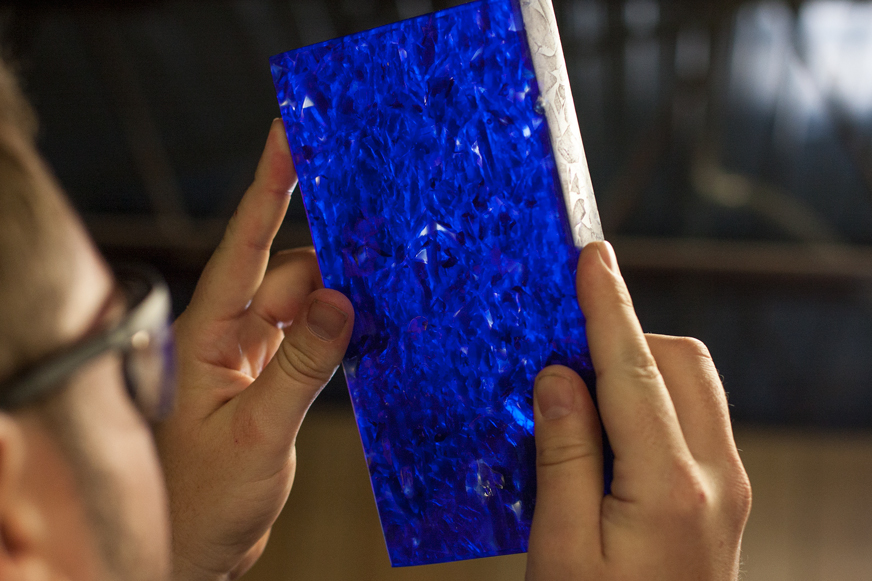Innovation and Research for a Better KC
/There have been a slew of lectures and conferences around Kansas City lately and students at the Kansas City Design Center have been a part of many of them. Kai Uwe Bergmann, of Bjarke Ingels Group, gave a great lecture about the work they have been a part of in the context of the book Hot to Cold by Bjarke Ingels. Jeanne Gang of Studio Gang spoke about the work they have been working on as well as design research based on a concept of Actionable Idealism. We’ve also been attending lectures as a part of the CityAge conference. While not based completely on design, they are concerned with issues and opportunities that arise as the world continues to urbanize and cities continue to grow.
Kai-Uwe is a partner at Bjarke Ingels Group and spoke of the innovative project they’ve been a part of for the last 10 years. While they might not have designed a vision study for a recycling system, at least not one that we know of, Kai-Uwe did discuss certain design ideas and concepts that we could learn from as we move into the programming stage of our project. One of the first concepts Kai discussed was the idea of infrastructure as a public amenity. Hurricane Sandy in 2012 flooded the shoreline of New York City. BIG’s design takes a 10-mile stretch of low-lying geography in Lower Manhattan and turns it into programmed public space. They explored how barriers could become public space while fulfilling a necessity for an engineered structure. The infrastructure is used to not only serve a purpose but also educate the public on sea levels without wasting space. That also adds value to spaces that were previously unusable.
A large part of the recycling vision study involves bringing recycling awareness to the public realm. One way in which we’ve explored doing so is through creating infrastructure that also serves to educate and bring awareness about recycling. We’ve been searching for opportunities in Kansas City for more efficient, well-designed recycling infrastructure. We’ve explored opportunities at bus stops, events, on the street itself. That way, recycling becomes integrated into daily life as you travel around the city. As we explore these opportunities, we are keeping in mind the communities that we are serving. In designing the Dryline, BIG worked with multiple neighborhoods in order to tailor each project along the shoreline to the community it serves. We have been looking into the neighborhoods that we believe could be catalysts and what their needs are in order to design a project that is most beneficial for that focus area.
Bjarke Ingels Group has a project currently under construction for a Waste to Energy plant in
Copenhagen. The facility also doubles as a ski slope that can be used year round by the residents of the city. Those are the types of innovative design ideas that we have been researching and hoping to learn from and apply to our recycling vision study. So while we may not know whether it’ll be an interactive, smart material facility center (what we’ve called a SMRF) or an urban farm for the city grown with compost from the city, we are shooting for an innovative design that can bring recycling to the forefront.
Jeanne Gang had a different view on innovation. During a lecture at the Nelson-Atkins Museum, she discussed the work of Studio Gang in regards to a term she coined called Actionable Idealism. Actionable Idealism is having an idealist’s view of design problems while keeping them actionable. In another sense, reaching for the stars while understanding the real world problems and designing to those as well. While we design this study for recycling in downtown Kansas City, we are trying to innovate and really think of solutions that completely change the way recycling is handled in the city. However, we are very much rooted in the real issues of Kansas City. Our designs are rooted in research on recycling in other cities, the needs of Kansas City, and the implications that the current system has on the region.
Some of the research Studio Gang has been a part of includes research on the morphology of the skyscraper. That research has translated into innovative skyscrapers that positively influence lateral forces of the wind and social interactions between neighbors in towers such as the Aqua Tower, Folsom Bay Tower, and City Hyde Park. Our hopes is that the research and programming we complete this semester can influence recycling behavior of Kansas City’s residents and visitors while making the public realm more enjoyable to inhabit.
The CityAge conference was a chance for us to see the issues that non-designers are facing with a rapidly growing city such as Kansas City. A panel of mayors and professionals in education, engineering, architecture, and countless other fields discussed issues of infrastructure, transportation, education, and public safety in regards to the urban environment. The talks were interesting and informative as well as a way to see how other cities are dealing with a new wave of people that want to live in cities, instead of the suburbs, in order to inhabit a diverse stimulating public realm. That way we can understand where other fields see the future of cities and how urban design fits into that future.
The lessons learned from the Kai Uwe Bergmann and the Jeanne Gang lectures as well as the CityAge conference were all synthesized and discussed then applied to the work produced for professional reviews. We presented to a panel of architects, landscape architects, and planners. The months of research were analyzed and we come to conclusions that are the base for programming the project. We analyzed waste concentrations from 2 perspectives, permanent and temporal/event loads. We then overlapped the two to generate combined opportunity spaces and zones that become recycling hubs in the public realm. The next step will be to program these spaces for specific activity types.
We are in the home stretch of the semester and all of these learning opportunities are contributing to the studio’s understanding of urban conditions. As we continue to program spaces for recycling activities, we will continue to innovate and research to design a vision study that creates a thriving recycling system in Downtown Kansas City!











